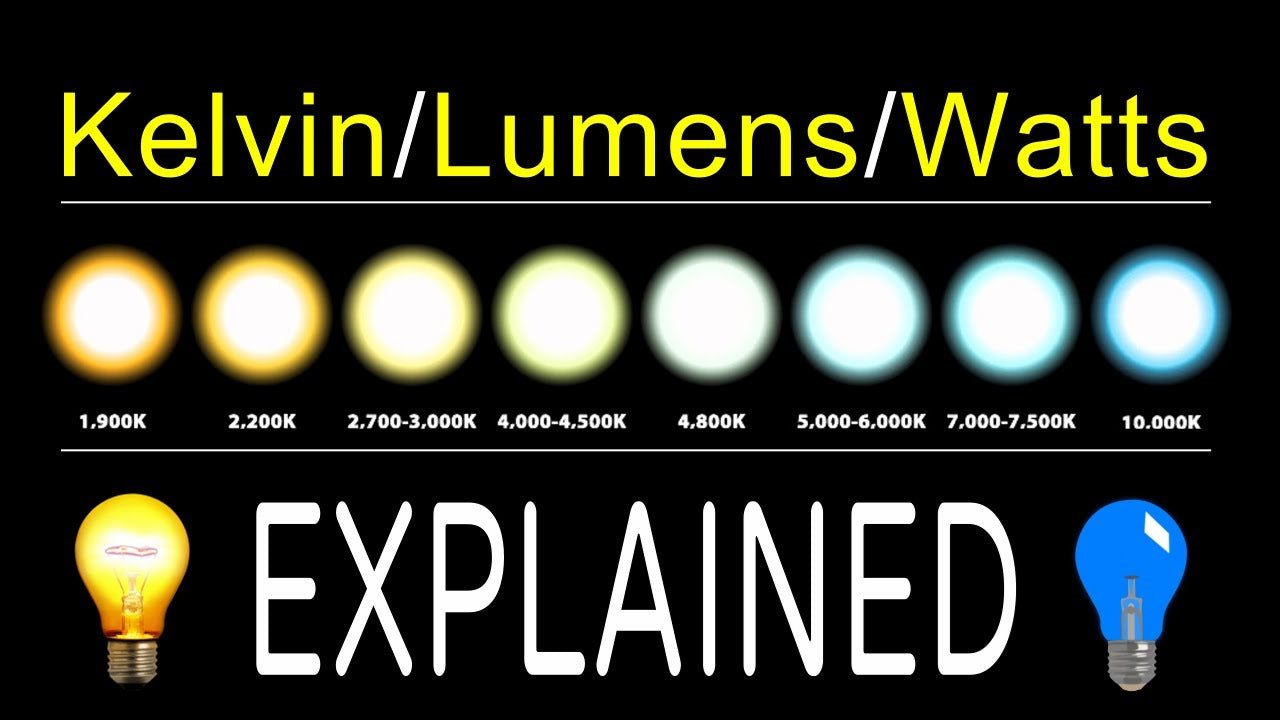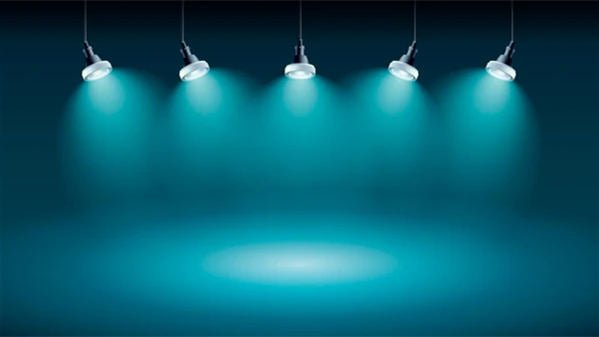Three terms play crucial roles in determining the performance and suitability of a light fixture: lumens, kelvin, and watts. Each of these metrics represents different aspects of light output, color temperature, and energy consumption. Understanding these terms is essential for selecting the right lighting solution for various applications. In this comprehensive guide, we delve into the meanings of lumens, kelvin, and watts, their significance in lighting fixtures, and how users can make informed choices.
Lumens
Lumens, often abbreviated as "lm," measure the total amount of visible light emitted by a light source. In simpler terms, lumens quantify the brightness of a light bulb or fixture. The higher the lumen rating, the brighter the light output. For example, a bulb with a higher lumen value will produce more light than a bulb with a lower lumen value, assuming both bulbs have the same wattage.
Kelvin
Kelvin (K) is a unit of measurement used to describe the color temperature of light emitted by a bulb or fixture. It indicates the hue or color appearance of the light. Kelvin values range from warm to cool tones. Lower Kelvin temperatures, typically between 2700K to 3000K, produce warm white light resembling the color of traditional incandescent bulbs, creating a cozy and inviting atmosphere. On the other hand, higher Kelvin temperatures, such as 5000K to 6500K, emit cooler white light with bluish tones, resembling daylight. The choice of Kelvin temperature depends on the desired ambiance and application.

Watts
Watts (W) represent the unit of power consumption or energy usage by a light source. In traditional incandescent lighting, watts directly correlated with brightness—higher wattage bulbs produced more light. However, with the emergence of energy-efficient lighting technologies like LEDs, the relationship between watts and brightness has become less straightforward. LEDs can produce high lumens while consuming fewer watts compared to incandescent bulbs. Therefore, in modern lighting, watts primarily indicate energy efficiency rather than brightness. When choosing lighting fixtures, considering wattage is crucial for energy savings and environmental sustainability.

Impact on Lighting Fixtures
Understanding lumens, kelvin, and watts is paramount for selecting lighting fixtures that meet specific requirements. For instance, in residential settings, users may prefer warm white light (lower Kelvin temperatures) for living spaces to create a cozy ambiance, while cooler white light (higher Kelvin temperatures) may be suitable for task lighting in kitchens or work areas. Additionally, considering lumens ensures adequate brightness for various tasks and environments, while paying attention to watts facilitates energy-efficient choices, ultimately reducing electricity costs and environmental impact.
How to Choose
- Assess Lighting Needs: Begin by assessing the specific lighting needs of the space. Consider factors such as the size of the area, its function, and any specific tasks that require adequate lighting. For example, a kitchen may require brighter task lighting compared to a bedroom or living room.
- Determine Lumens Requirement: Calculate the required lumens based on the intended use of the space. As a general guideline, aim for:
- Consider Kelvin Temperature: Choose the Kelvin temperature that best suits the ambiance and functionality of the space. For:
- Factor in Energy Efficiency: Prioritize energy-efficient lighting options to minimize electricity consumption and operating costs. Look for fixtures with lower wattage ratings or energy-efficient technologies such as LEDs. Keep in mind that LEDs can produce high lumens while consuming significantly fewer watts compared to traditional incandescent bulbs.
- Evaluate Fixture Design and Features: Assess the design, form factor, and additional features of lighting fixtures to ensure they complement the aesthetic and functionality of the space. Consider factors such as:

Conclusion
Lumens, kelvin, and watts are fundamental metrics that play pivotal roles in lighting design and selection. By understanding these terms and their implications, users can make informed decisions when choosing lighting fixtures that align with their preferences, energy efficiency goals, and functional requirements. Whether illuminating residential, commercial, or outdoor spaces, selecting the right combination of lumens, kelvin, and watts ensures optimal lighting performance and user satisfaction.


































Leave a comment
This site is protected by hCaptcha and the hCaptcha Privacy Policy and Terms of Service apply.